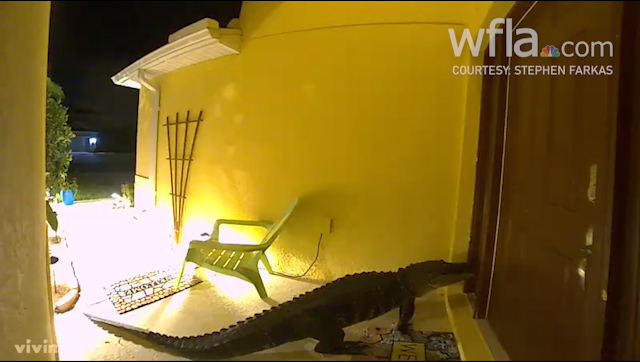TAMPA, Fla. (WFLA) — We’re almost two months into the 2021 Atlantic hurricane season and things have remained quiet since Hurricane Elsa dissipated several weeks ago.
The calm in the tropics is thanks, in part, to Saharan dust stretching across the Atlantic.
What is Saharan dust?
Saharan dust is something we see every year when plumes are generated from strong winds over the Sahara Desert. Winds and updrafts kick up the dry top layer of soil and raise it high into the atmosphere. Easterly trade winds can then carry the dust into the Atlantic.
Sometimes, when the dust plume is large enough and the easterly winds are strong enough, the plume travels all the way to the Caribbean and even the United States.
What does it mean for hurricane season?
Dust plumes seem to inhibit tropical development, but it is important to note that research is ongoing on this topic.
The plume of dust is mixed in with very dry air and usually contains strong winds, neither of which is good for tropical convection. The plume is about 50% drier than the rest of the tropical atmosphere in the Atlantic. The mid-level winds run 25 to 55 mph and can rip storms apart or prevent them from organizing in the first place. The areas are also typically warmer and can lead to sinking air and more stabilized air.
Dust plumes coming off the coast of Africa are quite normal this time of year. The plumes typically begin in mid-June and run through mid-August, peaking somewhere in the middle. According to NOAA, the plumes of dust seem to rapidly subside after mid-August, which is also why we see an uptick in tropical activity in August and September.
Not a dust storm
To avoid confusion and clear up one of the most common misconceptions, the plumes we see this time of year are not a typical dust storm. The dust is suspended high up in the atmosphere, between 5,000 feet and 20,000 feet – or about one to four miles.

